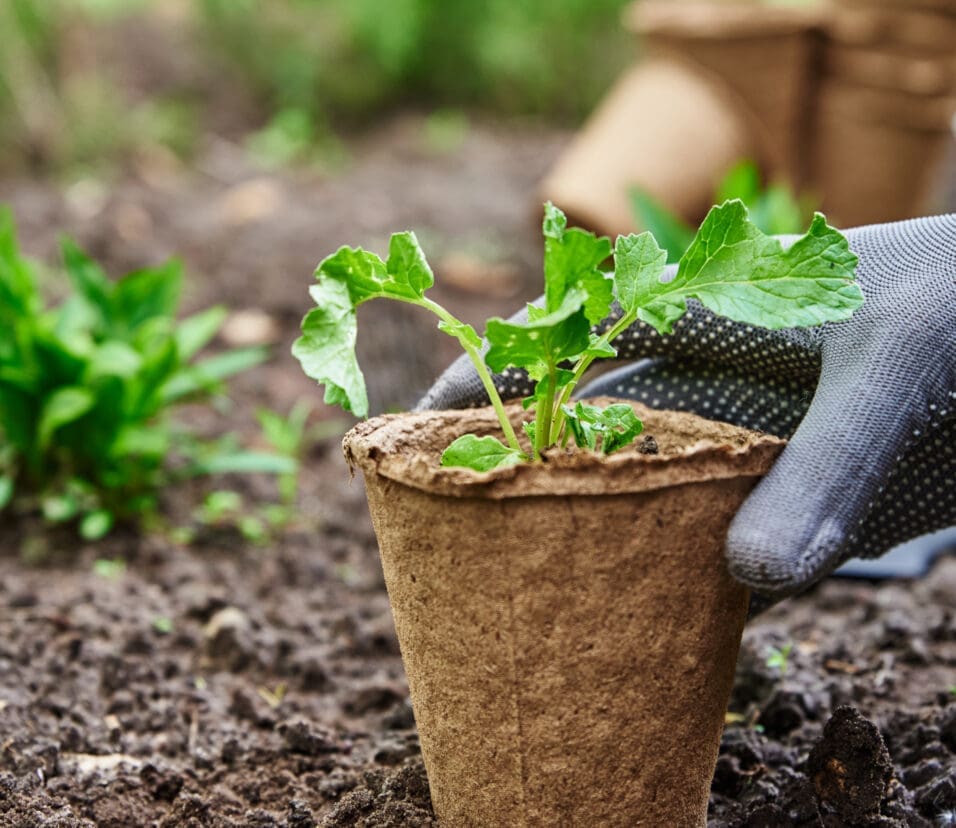Top 10 Healthiest Foods to Grow!
Easy Ways to Grow Your Own Superfoods (Part 1 of 4)
What is Known as a Superfood?
A superfood is a nutrient-rich food considered to be especially beneficial for health and well-being. They are often packed with essential vitamins, minerals, antioxidants, and other compounds that provide numerous health benefits. These extraordinary foods have gained recognition for their potential to support immune function, promote heart health, boost brain power, and even reduce the risk of chronic diseases. Incorporating superfoods into one’s diet can contribute to overall well-being and vitality. From vibrant berries bursting with antioxidants to leafy greens loaded with nutrients, the diverse range of superfoods offers a natural and delicious way to nourish the body and enhance one’s health.
Benefits of Growing Superfoods Organically and Incorporating them into your Diet
Growing superfoods organically and adding them to your diet can bring about several benefits for both your health and the environment. Here are some key advantages:
- Higher Nutrient Content: Organic farming practices prioritise the use of natural fertilisers and soil enrichment techniques, which can result in superfoods with higher nutrient density. Organic crops tend to contain more vitamins, minerals, and phytochemicals, providing enhanced nutritional value when added to your diet.
- Reduced Exposure to Chemicals: Conventional farming often involves the use of synthetic pesticides, herbicides, and genetically modified organisms (GMOs). By choosing organically grown superfoods, you can minimise your exposure to potentially harmful chemicals, promoting a cleaner and healthier diet.
- Environmental Sustainability: Organic farming methods prioritise soil conservation, biodiversity, and the responsible use of resources. By supporting organic agriculture and consuming organically grown superfoods, you contribute to the preservation of ecosystems, reduce water pollution, and promote sustainable farming practices.
- Improved Taste and Flavour: Many organic superfoods are renowned for their superior taste and flavour. Organic fruits and vegetables often possess a more robust and authentic taste, allowing you to fully enjoy the natural flavours and aromas of these nutrient-rich foods.
- Supports Local Farmers and Communities: Organic farming practices tend to prioritise local and small-scale farming operations. By choosing organic superfoods, you support local farmers and contribute to the growth of sustainable and community-centred agriculture. This helps foster local economies and promotes fair trade practices.
- Lower Environmental Impact: Organic farming practices strive to minimise soil erosion, water contamination, and air pollution. By opting for organic superfoods, you actively participate in reducing the overall environmental impact associated with conventional agricultural practices.
Incorporating organically grown superfoods into your diet can provide you with a range of health benefits while promoting a more sustainable and environmentally conscious approach to food production.

Top 10 Healthiest Superfoods Grown in the Caribbean
Now that we have a better understanding of what a superfood is and the benefits of growing them organically and incorporating them into your diet, let’s take a look at the top 10 healthiest superfoods and the easiest ways to grow them in the Caribbean.
- TOMATOES:
- Start with organic seeds or seedlings: Begin by choosing organic seeds or seedlings. Look for certified organic options to ensure that you’re starting with plants that haven’t been treated with synthetic chemicals.
- Prepare nutrient-rich soil: Prior to planting, amend your soil with organic matter like compost, well-rotted manure, or leaf mulch. This will improve soil fertility, drainage, and moisture retention.
- Use organic fertilisers: Natural and organic fertilisers include compost, worm castings, fish emulsion, or seaweed extracts. These organic fertilisers provide essential nutrients to support healthy growth.
- Mulch around the plants: Mulching helps conserve moisture, suppress weeds, and regulate soil temperature. Apply a layer of organic mulch, such as straw, grass clippings, or shredded leaves, around the base of your tomato plants.
- Water properly: Tomatoes need constant watering, especially during dry spells. Water the plants deeply and evenly to promote strong root development. Avoid overwatering, as it can lead to root rot. Consider using a drip irrigation system to deliver water directly to the roots.
- Practise natural pest control: Encourage beneficial insects and birds to control pests naturally. Additionally, inspect your plants regularly and manually remove any pests you encounter. You may also use organic pest control methods like neem oil, insecticidal soaps, or companion planting with pest-repellent plants.
- Stake or support the plants: As tomato plants grow, they benefit from support to prevent them from sprawling on the ground. Use stakes, cages, or trellises to keep the plants upright and improve airflow, reducing the risk of diseases.
- Rotate crops: To minimise disease and pest issues, practice crop rotation. Avoid planting tomatoes or other related plants in the same spot year after year. Rotate tomatoes with different families of crops to maintain soil health.
Tune in for Parts 2 – 4, as we explore the remaining top 10 healthiest superfoods in the Caribbean and how easiest to grow them the organic way.







